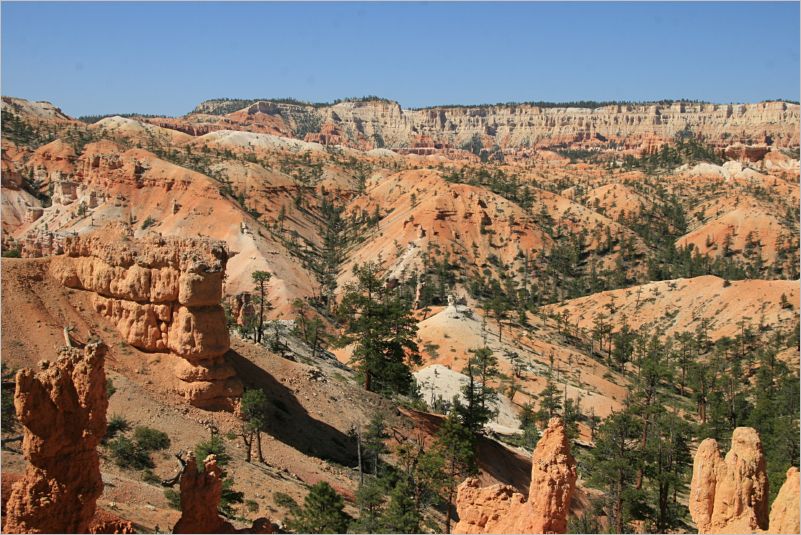In the early days investing was simple. For instance, a blacksmith needed a new anvil. You gave him money for the anvil. He kept smithing. From his profits, he paid you back and possibly a stipend to accommodate your consideration of a loan. The straightforward investment article, i.e. the anvil, and the monies returned epitomized the simplicity.
Today we invest in companies. Resource extraction companies act are similar to the blacksmith of old. They need machinery to acquire and process the raw material. Investors have faith seeing the equipment on the ground and the resource that’s awaiting extraction. However, where a blacksmith might need a small amount for a new anvil, today’s resource extraction companies need far more. Typical expenses include; land acquisition, environmental assessment, transportation and power infrastructure as well as machinery. Consider the resource company BHP. They stopped their great plans for $80B of expansion in spite of a profit of $17B/a. Apparently, even with tangible items, there may not be enough investment money with which to proceed.
Oddly, some companies like consulting firms don’t have products or infrastructure. They get listed upon a stock exchange and people happily invest in them. Apparently, all they have to do is promise a 5% annual dividend and money comes in droves. Tangible items like anvils, presses and smelters don’t impress investors of these superfluous entities.
Should the blacksmith be unable to pay his debt, his anvil can be taken in compensation for the loan. Companies and governments have debts coming due. They expect regular revenues to pay down their debts. What if the revenue cannot cover these debts? Who gets what? Also, with debts outstanding, can civilization’s progress continue? Will our children have the energy to work off all the debt we’ve accumulated?
